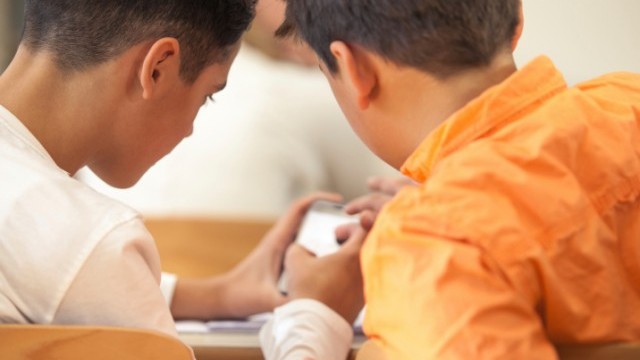By David Price
Along with Google search, Wikipedia has become the first point of reference for most of us. Wikipedia’s first incarnation, Nupedia, relied upon the authority of academic experts to provide quality control for Jimmy Wales’ first attempt at an online encyclopedia. After months of peer-review, only a handful of articles had appeared on Nupedia. Wales decision to ‘go open’ not only allowed Wikipedia to flourish, it led to the emergence of the "pro-am" (an amateur who possesses professional levels of expertise). The initial academic concerns over the reliability of information in Wikipedia articles have now largely dissipated, assuaged by an army of volunteers, who correct over half the cases of "vandalism" in less than four minutes. It is a powerful example of a self-correcting organism. The story of Nupedia and Wikipedia points to a profound shift in the direction in which knowledge travels. Until relatively recently, knowledge only ever trickled down. Now it spreads laterally. At least, it does in the social space. In formal centers of learning, old habits die hard.
The tension between open, social learning and the formal, enclosed variety is becoming untenable. Today’s students often have more computing power in their pockets, on their mobile phones, than the PCs in the outdated computer lab–-but they are usually prevented from using it. The students’ personal learning networks of friends, forum users, Twitter followers and Facebook friends provide a rich source of knowledge gathering when they are at home, but use of such networks is excluded from their classrooms. It is little wonder that teachers experience immense frustration in trying to keep their students’ attention.
In order to see a rise in the proportion of students who class themselves as engaged in school, we must build a better understanding of how they are learning outside school and take account of that in our learning and teaching practice. There are (at least) six powerful motivations fueling learning socially. I call them the Six "Do-Its" and explain them as follows.
1. DO IT YOURSELF
Clay Shirky (Shirky, 2008) identified the rise in mass online collaboration, speculating that, in the future, such collaboration would extend from "knowing about" into "taking action." He did not have long to wait. Organizations like Ushahidi use open source technologies to bring little-known social and political issues to a global audience. They are "working towards a world where open, effective and participatory governance is the norm, not the exception." Such intermediaries are democratizing learning by removing entry barriers and making it active and empowering.


